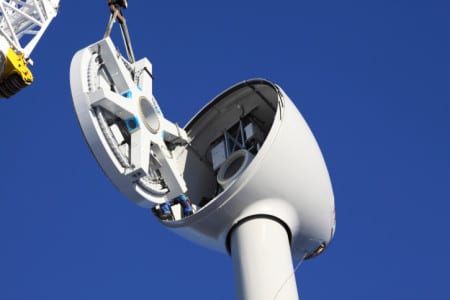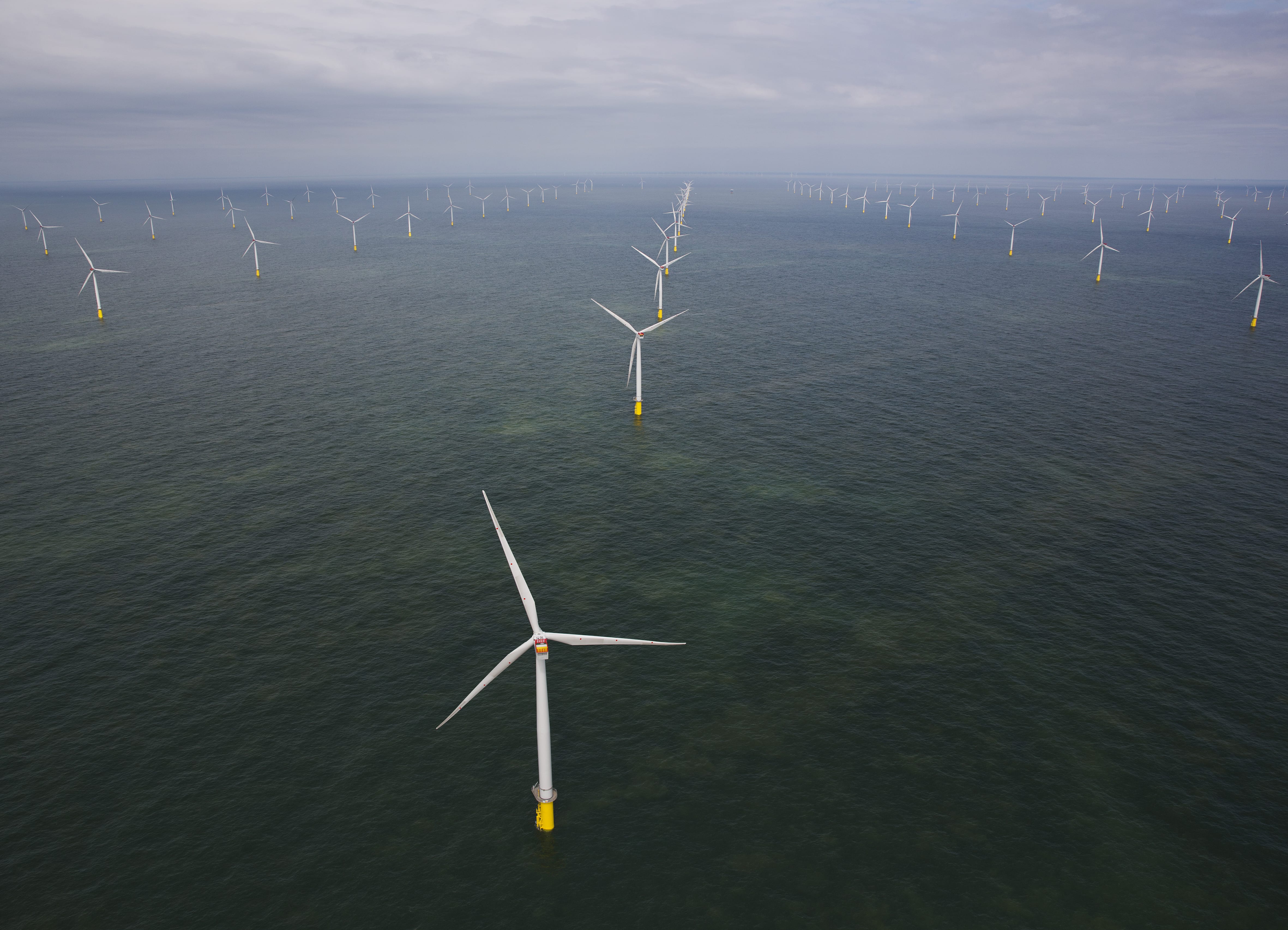Wind turbines are large, precision instruments, and erecting them at sea involves significant upkeep and maintenance challenges. Siemens AG, Europe’s largest engineering company, has made big bets recently on renewable wind energy and is looking to the Internet of Things to improve service levels and profits.
The company is animating its turbines with IoT technologies, relying on data to ensure the machines stay up and running. Siemens has even leased a flotilla of specially adapted service ships, large and steady enough to work within turbine fields while carrying bulky spare parts. The ships, which can accommodate 40 engineers for several weeks at a time, can operate in choppy conditions with eight-foot waves.
New Technology, Recurring Service Contracts
 Creating an efficient system that keeps electricity generation at optimal levels is central to Siemens’ approach to its service contracts. Turbines don’t always run a full capacity, especially on calmer days, and increasing performance by only a few percent makes a big difference in the cost of production.
Creating an efficient system that keeps electricity generation at optimal levels is central to Siemens’ approach to its service contracts. Turbines don’t always run a full capacity, especially on calmer days, and increasing performance by only a few percent makes a big difference in the cost of production.
The turbines are therefore incorporated with IoT technology and machine learning to collect data that helps the company identify maintenance patterns and fix glitches in the system.
Siemens isn’t alone in outfitting its wind turbines with the IoT. SAP uses connected technologies to move from reactive maintenance to a more predictive model, reducing costs and increasing up-time. And U.S.-based industrial giant GE is connecting its IoT platform, Predix, to heavy duty machinery like wind turbines to gather analytics and preemptively determine when maintenance is required.
Can New Tech Harness a Windfall of Profits?
Siemens has won a series of large contracts in Europe to manufacture hundreds of turbines and wind farms that will in time provide enough energy to supply millions of homes. In 2013, Siemens switched on the London Array field, consisting of 175 turbines located 20 miles offshore. The plant generates enough electricity to power 500,000 households. Siemens says it has a “long-term agreement” to maintain the plant.
Though tricky, offshore wind farm maintenance is lucrative business. Bloomberg estimates the offshore wind turbine maintenance market to reach $89 billion by 2025, driven by lucrative maintenance costs. According to Bloomberg, each megawatt of capacity costs between $87,000 and $130,000 in maintenance fees.
With demand for wind energy high and the challenge of supplying consistent energy to homes and business ever-present, solutions such as these will be necessary for years to come.


Share this: